What to do if the orchid leaves turn black?
In the 19th century, orchids were considered a luxury available only to privileged individuals. Today everyone can freely purchase them. However, these flowers are not so easy to maintain, they can be affected by diseases or simply suffer from improper care. To understand what to do if u orchids the leaves turn black, you need to understand a little about its features.
Content:
- Features of the structure of orchids
- Leaves turn black - the reason: improper care
- What to do, how to properly care for a flower?
- Leaves turn black - the reason: disease
- Prevention and treatment of diseases
Features of the structure of orchids
Orchids - a separate family of monocotyledonous flowering plants. In nature, there are more than 25 thousand species of orchids, and the number of bred varieties exceeds 100 thousand. It is not surprising that in such a variety there are plants of various shapes and sizes.
According to the type of nutrition, orchids are divided into three groups:
- saprophytes, which feed on organic matter contained in the soil and lack chlorophyll
- ground - have ordinary green leaves (one or two), the root system is represented by a rhizome with roots extending from it or the so-called root cones
- epiphytes are the most famous orchid species among gardeners. Such plants in nature live on trees, to which they attach with their aerial roots. Some species on the trunks have special thickenings (false bulbs or pseudobulbs) in the form of tubers for storing nutrients
The color and shape of orchid flowers are also varied. However, there are also decorative leafy orchids with nondescript flowers. The scent of the orchid attracts pollinators. The smell can be very strong and not always pleasant to humans (for example, if it is intended for carrion flies). After pollination, the flower withers and loses its decorative effect.
According to the type of shoot growth, flower growers divide all orchids into two groups:
- In monopodial plants, an apical bud is retained on the shoot, due to which it can constantly grow. In the axils of the leaves, lateral shoots and inflorescences are formed from the buds. The development of the plant occurs due to the formation of more and more new leaves at the top and lengthening of the shoot. Phalaenopsis, known even to novice gardeners, belongs to this type.
- In sympodial species, the apical shoot bud dies off or turns into an inflorescence over time, and a new shoot forms at its base. Lateral inflorescences can form from buds, also located at the base of the shoot. The development of the plant is due to the growth of new shoots.
Orchids are susceptible to fungal, bacterial and viral diseases. Errors in care can lead to a decrease in decorativeness. One of the outward signs that something is wrong with an orchid is blackening of its leaves. This picture may be due to several reasons, which we will consider below.
Leaves turn black - the reason: improper care
First, consider the case where a change in leaf color is a variant of the norm. In some types of orchids (phalaenopsis, cattleya), the underside of the leaves can acquire a reddish tint up to purple. This phenomenon is considered quite natural.Darkening of the leaves in this case indicates that the plant is receiving enough sunlight. Moreover, some varieties bloom only in such conditions.
A common cause of darkening is sunburn or heat burns.
Leaves lose their turgor, tissues die off. In the hot season, the orchid suffers from direct sunlight, and in the winter from aggressive central heating. Blackening of the upper leaves of monopodial orchids can be caused by prolonged stagnation of water in the outlet.
This happens when there is insufficient lighting, low temperatures and high air humidity, when evaporation slows down.
What to do, how to properly care for a flower?
If, besides blackening of the leaves, there are no other signs of the disease (change in the surface of the leaf plate, loss of turgor, tissue death, the appearance of rot), the grower has nothing to worry about. With the onset of winter, the color of many varieties becomes habitually green again.
Leaves that have received burns will no longer recover. So that the orchid does not lose its decorative effect, the only way is to remove them completely. In the future, to prevent such a situation, it is necessary to observe the correct lighting and watering regime. During the heating season, the leaves of the flower should not come into contact with the hot battery. Even without direct contact, heat flux can cause black spots.
For keeping orchids, western or eastern windows are suitable, without direct sunlight.
Alternatively, you can shade sun-sensitive views with light curtains or set them further away from the window. The abrupt transition from winter darkness to bright light is what causes burns on plants. As solar activity increases, the need for watering also increases, since a lack of moisture also provokes burns. Plants need to be watered only with settled water (tap water can be used) above room temperature. Another watering carried out only when the substrate is completely dry. Some growers advise to water orchids with water from an aquarium.
When the core decays, the damaged area is carefully cut out to healthy tissue, after which the wound is covered with green paint (iodine) or sprinkled with activated carbon. After purchasing an orchid, carefully study the conditions that are right for your variety. The requirements of different types of flowers for light, temperature and watering differ markedly.
Leaves turn black - the reason: disease
A more serious cause of leaf darkening is fungal, bacterial and viral diseases. In this case, it is necessary to determine their nature and determine the treatment. Sometimes, with a strong defeat, the plant can no longer be saved.
Signs of plant damage:
- With fusarium wilting, the base of the leaf darkens, black depressed spots appear. As a result, the leaf turns brown, loses its turgor and falls off. The disease is caused by a moldy fungus from the genus Fusarium, which invades the plant and clogs the vessels, depriving the leaf of nutrition.
- Black spot also belongs to fungal diseases. Spots form on the leaves, from small dots from large ones, with a ring inside. The manifestation of the disease can be confused with sunburn. However, burn spots cannot grow and multiply.
- Bacterial spotting, as the name suggests, appears as black or brown spots with a yellow rim on the leaves. The edges and the longitudinal vein are more often affected.
- Orchids and viruses are affected. Outwardly, they can appear on the leaves with black stripes, dots and spots. It is possible to establish the presence of a virus only under laboratory conditions.
Prevention and treatment of diseases
The appearance of diseases is provoked, first of all, by mistakes in caring for orchid:
- Failure to comply with the temperature regime. It is very important to monitor the temperature of the substrate in the pot, it should not be allowed to cool.Low room temperature, cold windowsill, active evaporation of moisture - all this contributes to the rapid cooling of the roots and, as a result, the development of fungi and bacteria.
- Frequent watering. As already mentioned, the frequency of watering depends on the degree of illumination (more light - more water and vice versa). Most indoor orchids are epiphytes, which means that their roots are adapted to receive moisture from the surrounding air. Stagnant water in the pot and lack of oxygen will have a detrimental effect on the condition of the plant. For the same reason, it is very important to provide the flowers with regular airing.
- Poor quality substrate. When choosing a ready-made substrate or preparing it yourself, you need to ensure that the content of foam and peat does not exceed 20%. The fact is that the development of pathogenic fungi is impeded by beneficial microorganisms living in the substrate. And peat and polystyrene are not a suitable environment for them.
If the disease appears, they act according to the following scheme:
- First of all, the diseased plant is isolated from the rest.
- The affected area is cut out to healthy tissue, the wounds are disinfected. During the operation, the knife is also cleaned after each cut (held over a fire or wiped with alcohol).
- Wait for the wound to heal (several hours).
- The fight against fungal diseases is carried out with the help of special fungicides (for example, Fundazole, copper preparations). For the development of beneficial microorganisms in the substrate, Fitosporin is used.
- Against bacterial diseases, bactericides or antibiotics are used.
- There are no cures for viral plant diseases. You will have to get rid of the flower.
In any case, after the treatment has been carried out, the plant should be left in quarantine for at least 14 days. Remember that diseases are not scary for plants with strong immunity, which means that the main condition for their prevention is proper care and the creation of optimal conditions for growing. orchids.
More information can be found in the video:



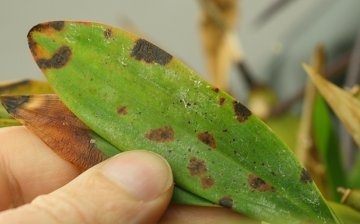
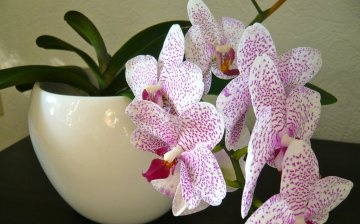
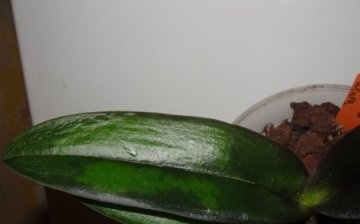
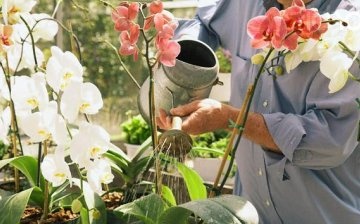
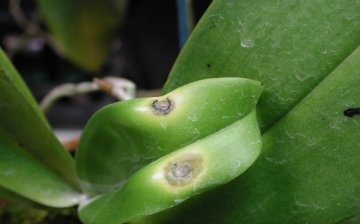
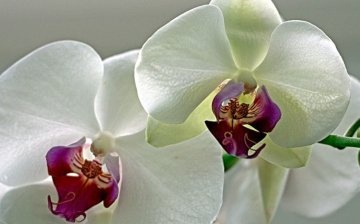






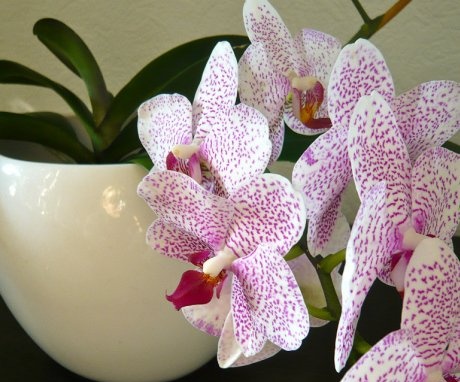
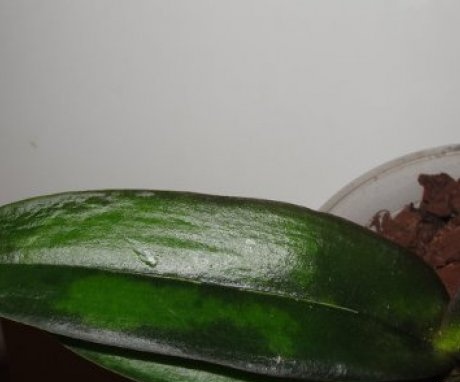
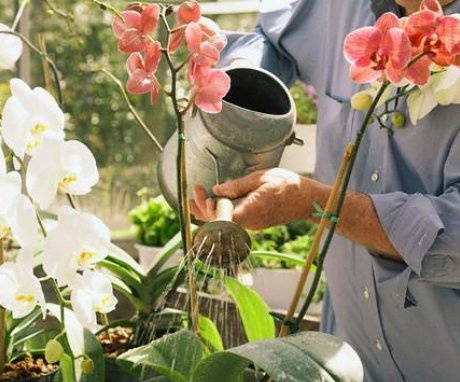
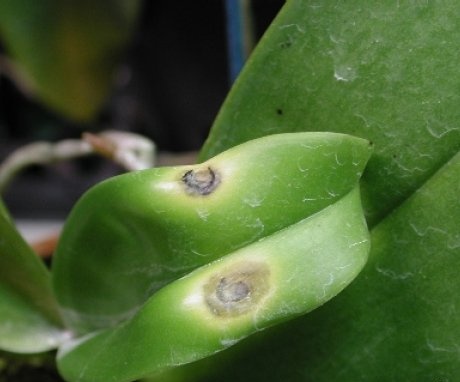
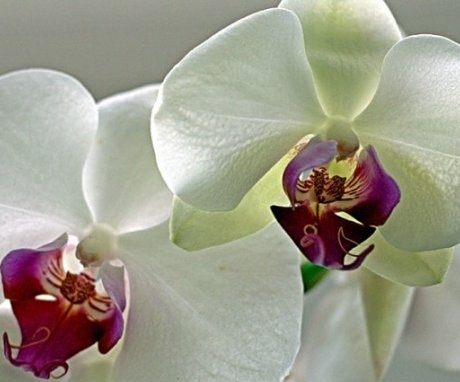
I had a lot of orchids, for the first couple of years they all bloom perfectly and practically do not get sick, and later problems begin after transplanting, flowering becomes less frequent and less abundant.